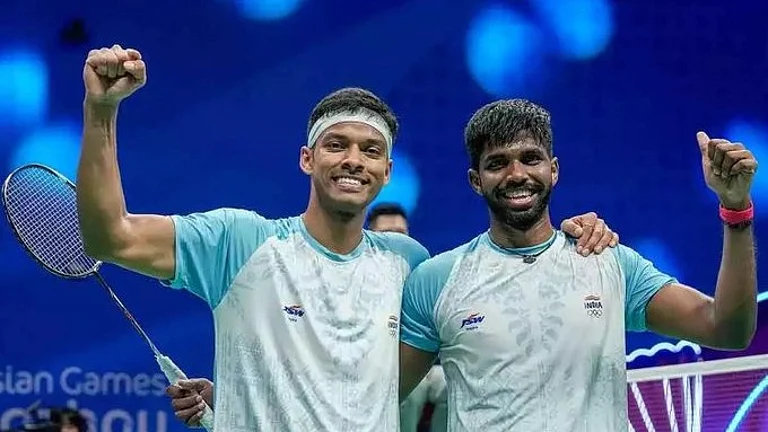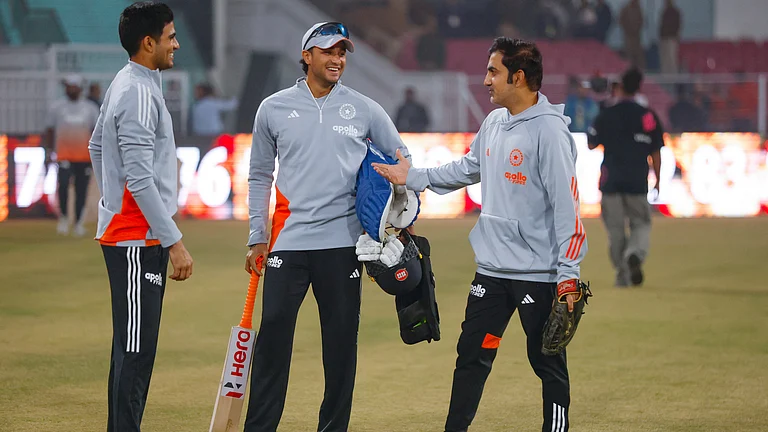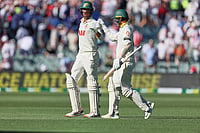Circa 1970s, an age before Goan lawmakers emerged as torchbearers of defection and slithery architects of unstable governments, the wrath of a Spanish saint, St. Francis Xavier, had even deterred a set of defectors from the United Goans Party, from fully embracing the subsequent assembly elections.
In Goa’s political primer, the decade from 1990-2000 represents the peak of legislative hustling.
As many as 13 chief ministers came, reigned and were pulled down, some after occupying the top chair for a mere six days (Ravi Naik) and 18 days (Churchill Alemao).
But the tryst of the country’s smallest state with political defection, occurred through the 1960-70s when Goa was still a Union Territory.
A Portuguese colony till 1961, Goa had just joined the vast network of states and territories administered by the Indian Union, where defections were already in vogue.
Between 1957-67, the country witnessed 542 members of Parliament and members of legislative parties switch political allegiances. In the four years between 1967-71, as many as 142 defections were reported in Parliament, while 1,969 MLAs crossed over to other parties in state assemblies across the country.
Goa, which was still new to the numbers game in an electoral democracy, caught up to the trend in the late 1960s. The grand backdrop for the split in the United Goans Party (UGP), then a major opposition party, was the historic ‘Opinion Poll’, India’s first and only referendum.
The referendum offered an opportunity to the natives of India’s newly acquired territory to either merge with Goa or retain its own independent identity as a Union Territory.
Goa’s first defection
Soon after its liberation, Goa’s political cake was divided between two halves. The ruling Maharashtrawadi Gomantak Party (MGP) headed the first democratically elected government in Goa under the leadership of Chief Minister Dayanand Bandodkar. But as its name suggests, the party’s key ideology was the merger of Goa into Maharashtra and formalising Marathi as the state’s official language.
With the Congress, a party which played a crucial role in the freedom movement against Portuguese colonists drubbed in the 1963 assembly polls – the first in Goa –the MGP’s key opponent was the United Goans Party (UGP), which backed Konkani as the state’s official language and was against the merger articulated by MGP.
Goa’s first round of defection occurred in 1966 in the UGP, headed by then Leader of Opposition Dr. Jack de Sequeira over the finalisation terms of the referendum. The UGP, which had 12 MLAs in the 30-member state assembly split vertically with six MLAs led by Dr. Alvaro de Loyola Furtado, who formed the UGP (Furtado group).
According to contemporary historian Valmiki Faleiro, members of the Furtado group were incensed by the fact that Sequeira, who had been taken into confidence by the central Congress leadership to discuss the nitty-gritty of the referendum, had failed to negotiate for an option in the referendum which would allow Goa to become an independent state.
“Party MLAs back home rebelled against Dr Sequeira’s unilateral decision. They argued that a golden chance to secure forever Goa’s future as a separate State had been squandered. A poll victory would now mean Goa’s mere continuation as a centrally-administered Territory, not an independent State,” Faleiro wrote in 2017.
Despite the split, however, the rebel UGP group worked with the mother party, in the run-up to the referendum, in which the motion to join Maharashtra was defeated by Goan voters. In the elections that followed after the referendum, however, the MGP once again defeated the UGP. The rebel group failed to win a single seat.
The Second Split
Dayanand Bandodkar’s victory in the 1967 assembly polls came against adversity. His party, the MGP, which was formed with the objective of merging Goa into Maharashtra, had just failed to convince people to do just that in the referendum held a few months earlier.
But when votes were counted, Bandodkar’s MGP had won the state polls by bagging 16 seats. UGP (Sequeira group) won 12 seats. Two nominated MLAs accounted for the two remaining seats in the 30-member assembly.
But the victory did not put an end to Bandodkar’s political hurdles. There was another one coming, this time from his side of the fence.
According to senior journalist Gurudas Sawal, trouble started brewing for Bandodkar when an MGP MLA Dattaram Chopdekar tabled a private member bill proposing Marathi as the state’s official language. After having suffered the rigours of a defeated referendum campaign (backing Goa’s merger into Maharashtra), Sawal said that Bandodkar strategically facilitated the defeat of the bill on the assembly floor.
This time, MGP’s KB Naik a well-known leader of the Bhandari samaj, a broad social group of non-Brahmin castes in Goa, led the rebellion in 1970 against Bandodkar.
“KB Naik split the MGP along with six other MLAs. The objective was to dislodge Bandodkar because Naik wanted to be Chief Minister,” Sawal told Outlook. Two other nominated members of the state assembly also supported the revolt. The rebels formed a new party, the Nava-MGP.
While Naik wanted to be Chief Minister, Faleiro argues that the rebels did not want to dislodge the MGP itself from power.
“Technically, though, the government was still in majority: the seven breakaway MLAs had intimated their decision to neither the Lt. Governor nor the Assembly Speaker. This was because the KB Naik-led rebel group did not want the MGP to lose power. Their one-point agenda was to oust Dayanand Bandodkar. They reckoned that once they withdrew support, Bandodkar would resign. They would then join the MGP and electa new CM,” Faleiro claims.
But Bandodkar stuck on.
The Third Split
As parleys went on between the Bandodkar camp and the rebels, the former was looking for another crutch to steady his political innings. And the Chief Minister eventually found the support he was looking for in the enemy camp.
Catching the rebels by surprise, Bandodkar raided the UGP’s larder, managing to wean away five MLAs from the 12-member UGP, securing a wide enough numerical buffer to survive his chief ministerial innings.
Interestingly, in contrast to Goa’s contemporary politics, where political defectors have managed to secure victories in by-elections or subsequent polls, not a single MLA, who was a part of the state’s original rebel groups UGP (Furtado group) and the Nava-MGP could win the subsequent election.
The third group of rebel MLAs, who quit the UGP to support Bandodkar were even hesitant to contest polls, because of an urban legend which was attached to the political aura of the party’s patriarch Dr. Jack de Sequeira.
“Around that time the Sequeira-led UGP’s symbol was the ‘hand’. And there was a belief that the hand in Sequeira’s party symbol was the hand of St. Francis Xavier himself. This deterred them from going to the people against the Sequeira faction,” according to political commentator Adv. Cleofato Coutinho. Xavier is a Catholic saint of Spanish origin, who is widely regarded as the ‘patron saint of Goa’ and whose remains are interred at the historic Old Goa Church complex near Panaji.





















